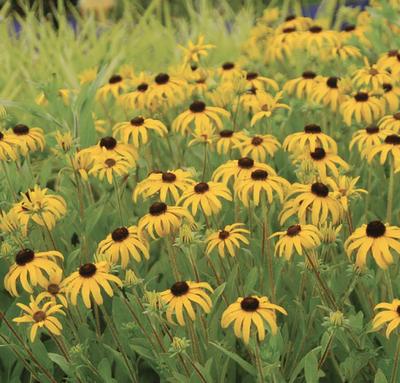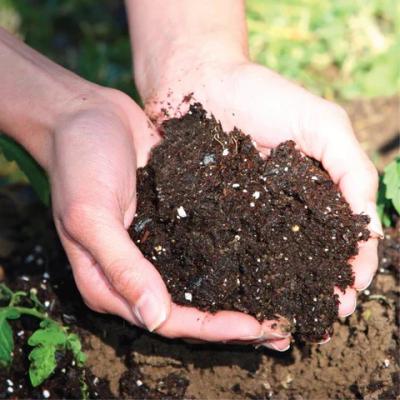How do I plant and care for Wild Bergamot (Monarda fistulosa) in my garden?
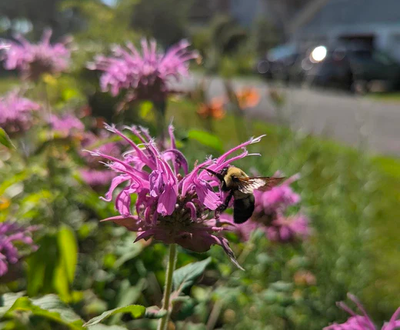
Share:

Welcome to the latest our "Know Your Natives!" series, which explores the wonders of native plants across the United States. In each post, we'll dive into the ecology, appearance, and growing requirements of individual native plants, while also providing some fun trivia and highlighting their importance for the environment. Whether you are new to natives or a botanical pro, we hope this series will help you get a better sense for the benefits of using native plants in landscaping and gardening: from their ability to support local ecosystems to their stunning visual appeal. Join us on this journey to discover the diversity and value of native plant species and learn how you can incorporate them into your own green spaces.
If you live almost anywhere in the United States, changes are good that Monarda fistulosa, commonly called Wild Bergamot, is one of the native flowers in your region.
An Introduction to Wild Bergamot
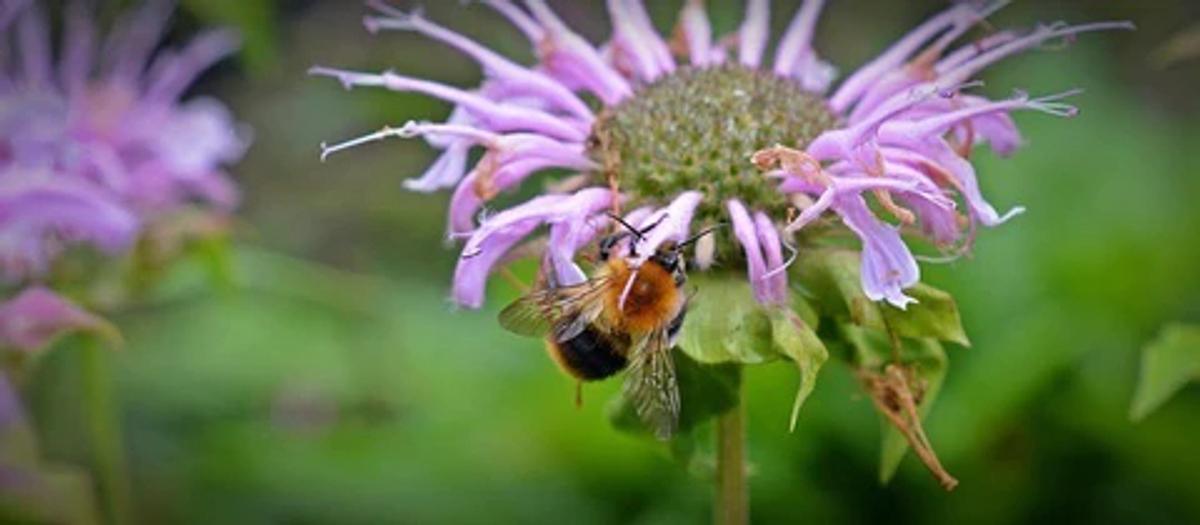
Wild Bergamot (Monarda fistulosa) is a stunning plant and member of the mint family (Lamiaceae). Also known as Bee Balm or Horsemint, this herbaceous perennial is found in a wide variety of habitats, from open fields and prairies to dry rocky woods. It's naturally deer resistant and its striking clusters of lavender-pink flowers are highly attractive to bees, butterflies, and hummingbirds. In this post, we'll explore the many benefits and characteristics of this amazing plant, as well as tips for growing it in your own herb garden or landscape.
At-A-Glance - Wild Bergamot
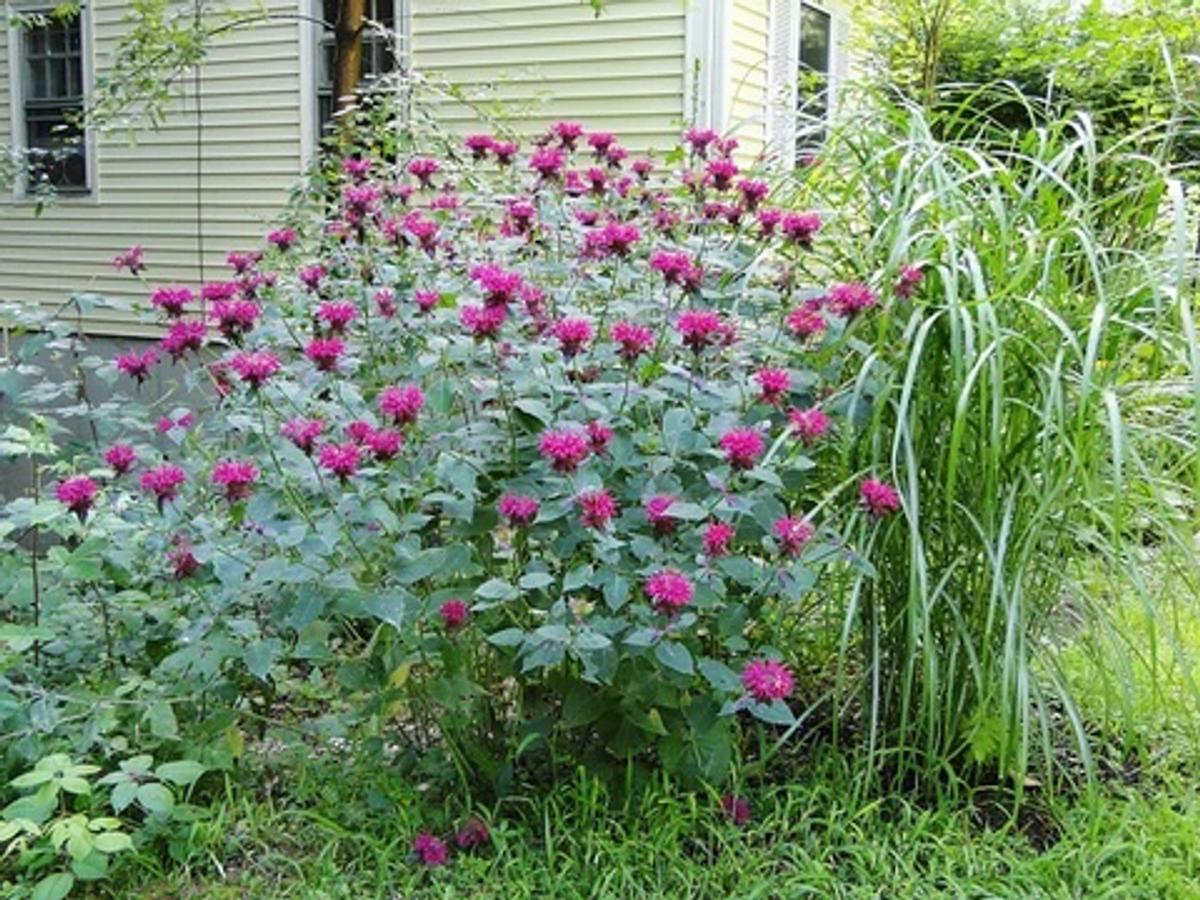
Common Name(s): Wild Bergamot, Horsemint, Purple Bergamot, Wild Oswego Tea, Bee Balm (botanical name Monarda)
Scientific Name: Monarda fistulosa
Type: Herbaceous Perennial
Root Structure: Fibrous Root System
Sun Exposure: Full Sun (6+ hours a day); can tolerate some shade
Soil Moisture: Dry to medium moisture once established. Moist during first year.
Soil Types: Well drained loamy or sandy soil. Can tolerate rocky and clay soil as long as it is well drained soil.
Other Benefits: Pollinator favorite; Deer resistant; Erosion control; Attract Hummingbirds
Bloom Color: Pink to lavender flowers
Bloom Time: Offers a long summer bloom period from June to August
pH: Highly adaptable but prefers Slightly Acidic to Slightly Alkaline (6.0 to 7.5)
Native Range: Broadly native almost everywhere in North America.
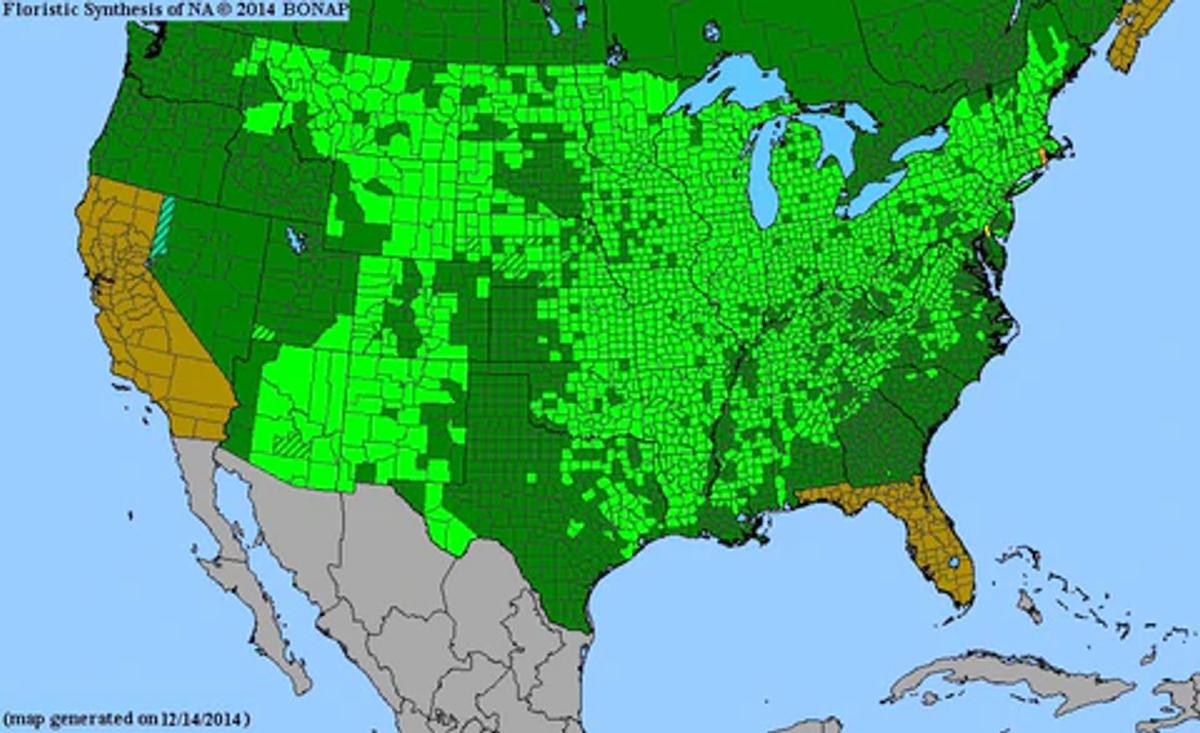
Range Map: Created by the Biota of North America Program (BONAP) and based on historical species records, this range map shows you a great overview of the distribution of Wild Bergamot in the United States and Canada. Brown indicates not present in the county; Greens indicate some recorded listing in the county.
Style Guide

Flowers: Tubular flowers bloom in early summer to mid summer and range in color from light pink to lavender. They are arranged as dense, terminal flower clusters on top of the plant's square stems and are highly attractive to pollinators such as bees, butterflies, and hummingbirds.
Foliage: Consists of simple, lance-shaped, grayish green leaves that are arranged opposite each other along square stems (typical of any mint family member). The leaves are typically 2-3 inches long, have gently serrated edges, and are often slightly fuzzy or hairy to the touch. When crushed, the leaves have a pleasant, minty aroma. Wild Bergamot's foliage is an important visual and textural element in the garden or landscape, and can also help repel some pests due to its aromatic oils.
Shape: Features an upright, clump-forming habit.
Height: Wild Bergamot grows up to 2-4 feet tall, making it a great structural feature for a perennial border or cottage gardens
Wildlife Attraction: As soon as this plant blooms, it will attract butterflies, bees, and a myriad of other pollinators to your yard. It will also attract hummingbirds to your yard, which will zoom by to steal a drink of nectar from its tubular flowers.
Planting Instructions & Care
Wild Bergamot is a hardy and low-maintenance perennial plant that is relatively easy to cultivate. To help ensure its success in the garden, follow these care tips:
Site selection: Wild Bergamot is highly adaptable but will do best in a location with well-drained soil and full sun to partial sun exposure. A site with good air circulation can also help prevent disease.
Planting: Proper planting time for Wild Bergamot is in mid-spring or fall, spacing plants 12 to 18 inches apart, and water thoroughly after planting.
Watering: Water regularly during the establishment period, but reduce watering once the plant is established, as Wild Bergamot is drought-tolerant once mature.
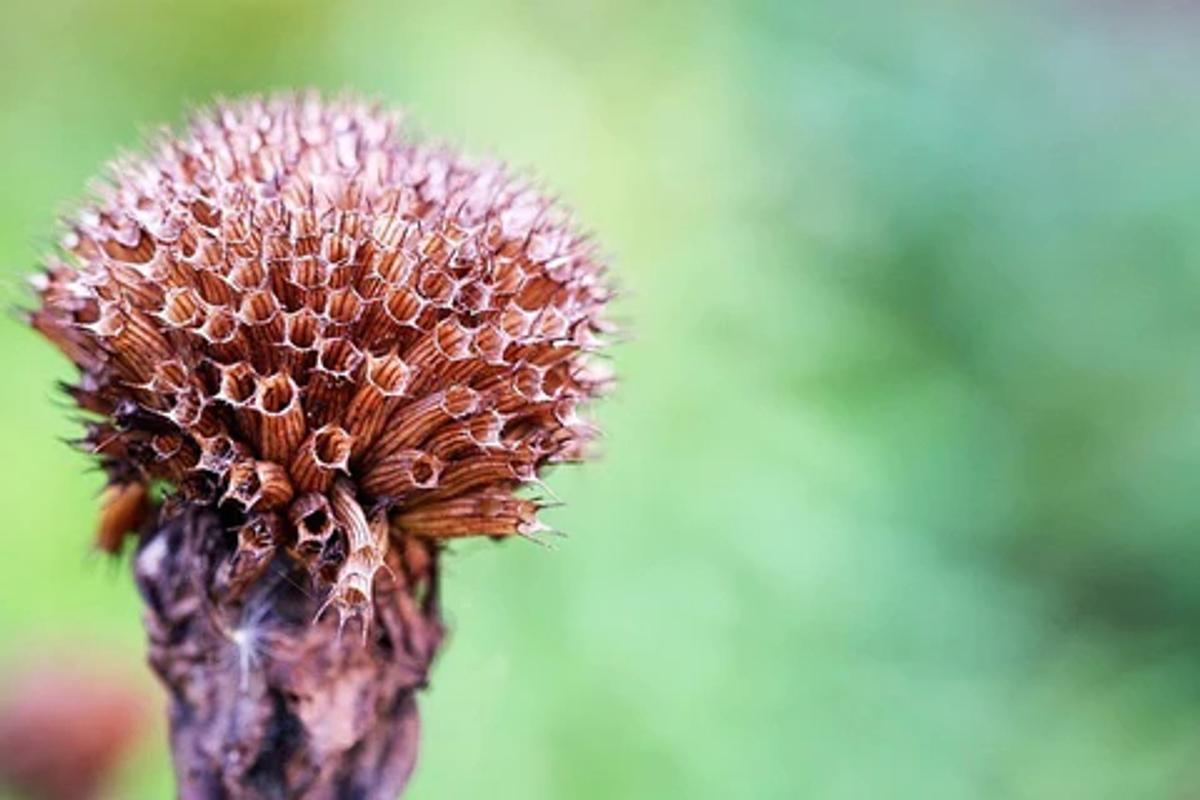
Collecting Seeds: Each flower head will produce many seeds. Allow seed heads to dry on the plant, then collect and store in a cool, dry place until ready to plant. Wild Bergamot does not require stratification and can be started in trays in late winter, or in the yard after freezing winter temperatures have passed.
Fertilization: Wild Bergamot generally does not require fertilization, but if growth is weak, apply a balanced fertilizer in early spring.
Pest and disease control: Wild Bergamot is generally pest-resistant, but may be susceptible to powdery mildew in humid conditions. Provide good air circulation and avoid overhead watering to prevent this fungal disease.
Maintenance
We understand that some of our customers might not want an overly wild garden. Wild Bergamot (Monarda fistulosa) has a dynamic appearance that can add charm and character to any garden or landscape. However, if you prefer a tidy look, here are some maintenance tips you can follow to keep Wild Bergamot looking neat and well-groomed:
- Deadhead flowers: After Wild Bergamot has finished blooming, remove the spent flower heads by cutting them back to just above the next set of leaves. This will encourage the plant to produce more flowers and prevent it from becoming leggy or top-heavy. You can also trim earlier for beautiful cut flowers.
- Cut back stems in the fall: In the fall, once Wild Bergamot has finished blooming and the foliage begins to turn yellow, cut back the stems to about 6 inches above the ground. This will help promote new growth in the spring and prevent the plant from becoming too woody.
- Divide the plant as needed: Over time, Wild Bergamot may become overcrowded and require division to maintain its vigor and appearance. Divide the plant in the spring or fall by digging up the clump and separating it into smaller sections, replanting them in well-drained soil with plenty of organic matter.
Species Relationships
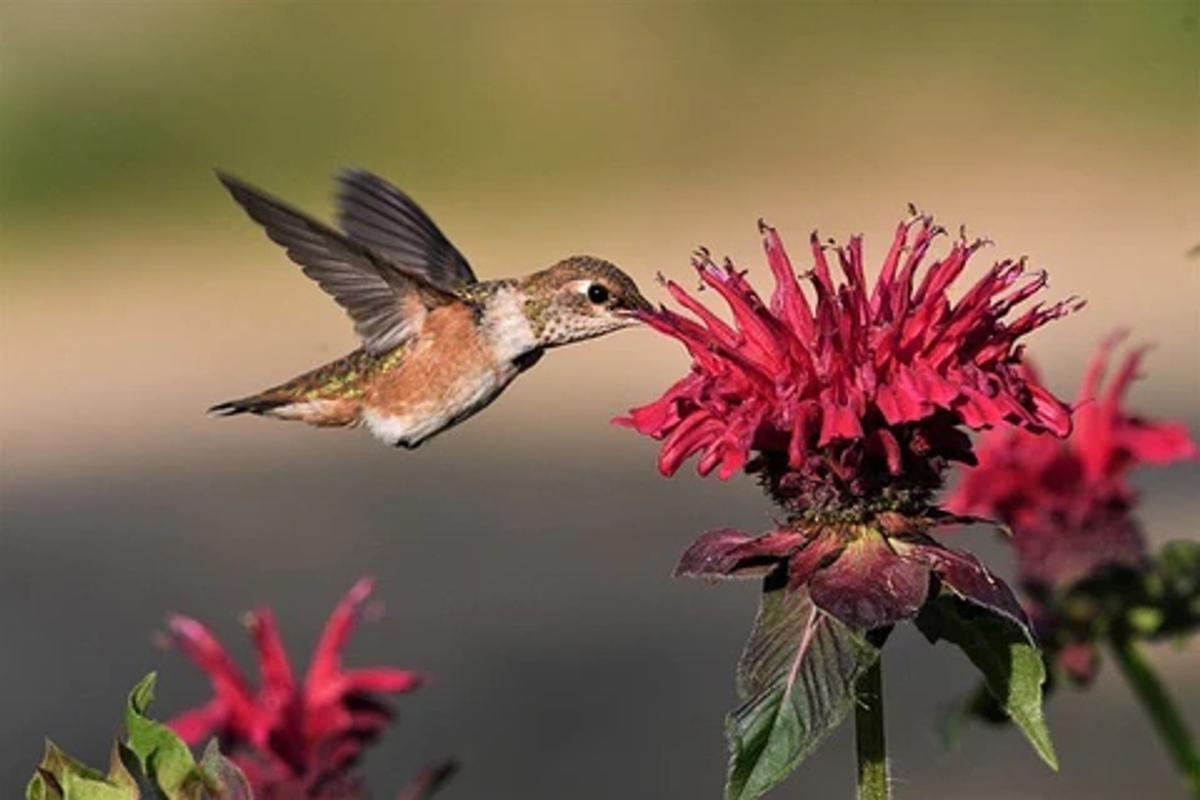
Hummingbirds - Wild Bergamot's tubular flowers are highly attractive to hummingbirds, which use their long bills to feed on the nectar. This relationship is important for both the plant and the hummingbirds, as the birds provide pollination services in exchange for a food source.
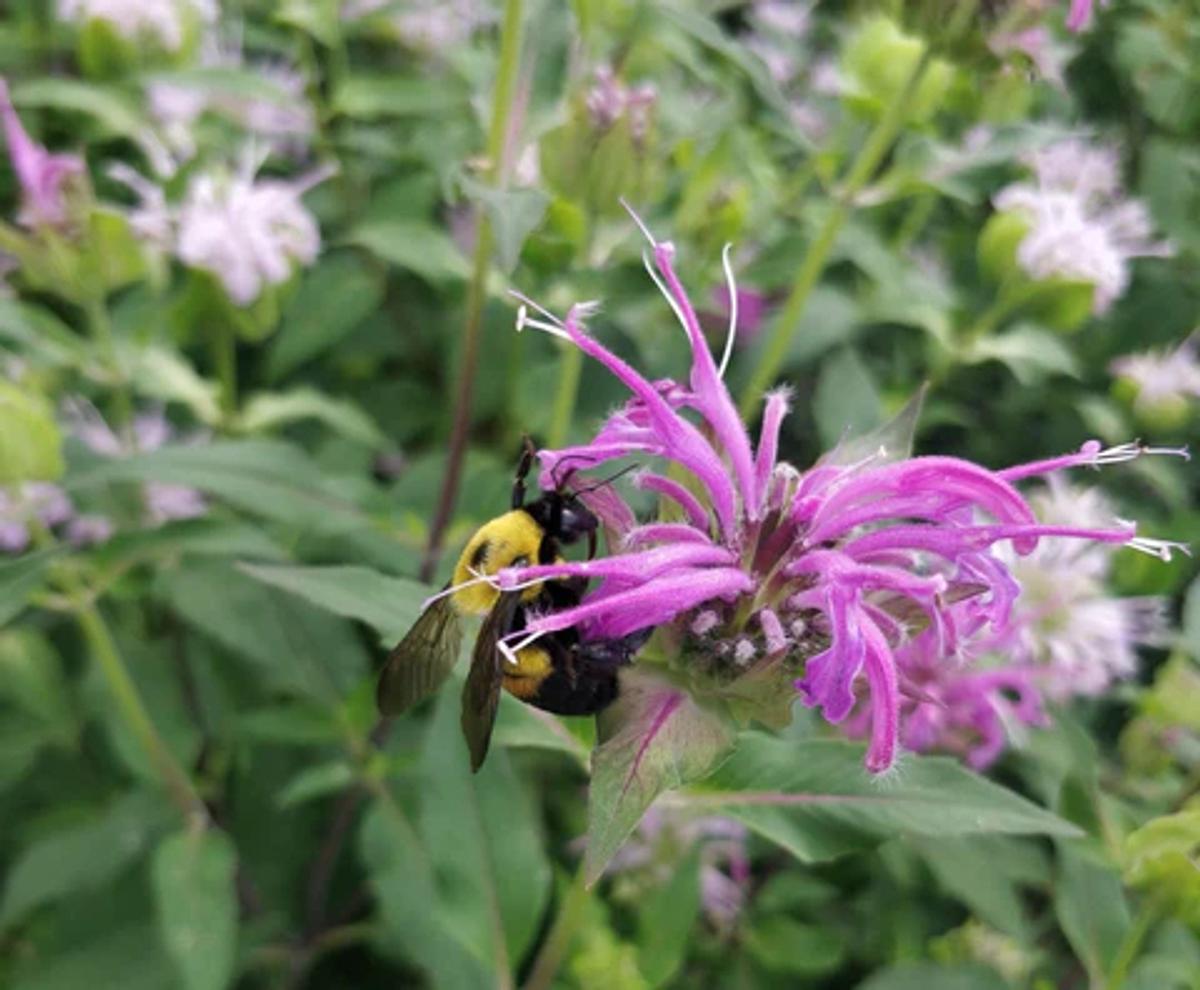
Bees - Hundreds of our wild bee species, such as any of our bumblebees (genus Bombus), leafcutter bees (genus Megachile), and many more, will flock to Wild Bergamot's lavender flowers for their nectar and pollen. If you are nervous about bees or even wasps in your garden, always remember: if they're snacking, they aren't attacking!
As Host Plant
Several species of butterfly and moth use Wild Bergamot as a host plant. This means they lay their eggs on this plant, and their caterpillars will feed on leaves and stems to mature. These species include:

Eastern Tiger Swallowtail (Papilio glaucus) - Adults are attracted to Wild Bergamot's nectar rich flowers and may lay their eggs on the plant.
Hermit Sphinx Moth (Sphinx eremitus) - A larger moth, the Hermit Sphinx Moth relies on Wild Bergamot to lay its eggs.
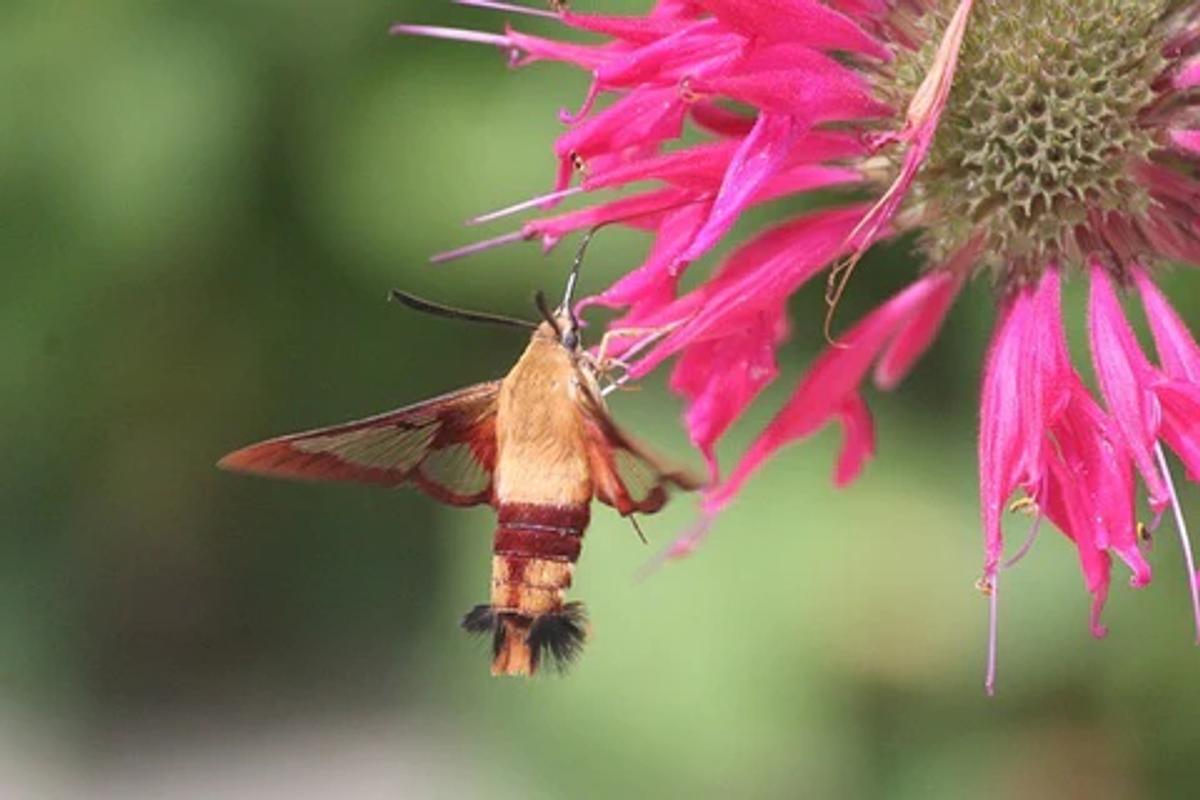
Snowberry Clearwing (Hemaris diffinis) - Also known as the "Hummingbird Moth," keep an eye peeled for this high speed and very large moth around your Wild Bergamot.
By establishing Wild Bergamot (Monarda fistulosa) in your herb garden or native plant garden, or landscape you are not only helping to support endangered species, you are providing an amazing nectar source for so many pollinators in your local ecosystem.
Trivia
The essential oil of Wild Bergamot (Monarda fistulosa) is sometimes used in aromatherapy and natural perfumery. The oil has a warm, citrusy, and slightly floral aroma, and is believed to have a calming and uplifting effect on the mind and body. However, it should be noted that the oil of Wild Bergamot is not the same as the oil derived from the citrus fruit known as Bergamot Orange (Citrus bergamia), which is used to flavor Earl Grey tea and has different properties.
Medicinal Uses
Interestingly, Wild Bergamot (Monarda fistulosa) has a long history of traditional medicinal use by various Indigenous tribes throughout North America. The plant contains a variety of compounds that have been shown to have potential medicinal properties, including antiseptic, anti-inflammatory, and antioxidant effects. These properties have been implicated in contributing to everything from digestive aid, to respiratory support and stress relief. It is important to note that while Wild Bergamot has potential medicinal properties, it should not be used as a substitute for professional medical advice and treatment. It is always recommended to consult with a healthcare provider before using any herbal remedies.
Summary
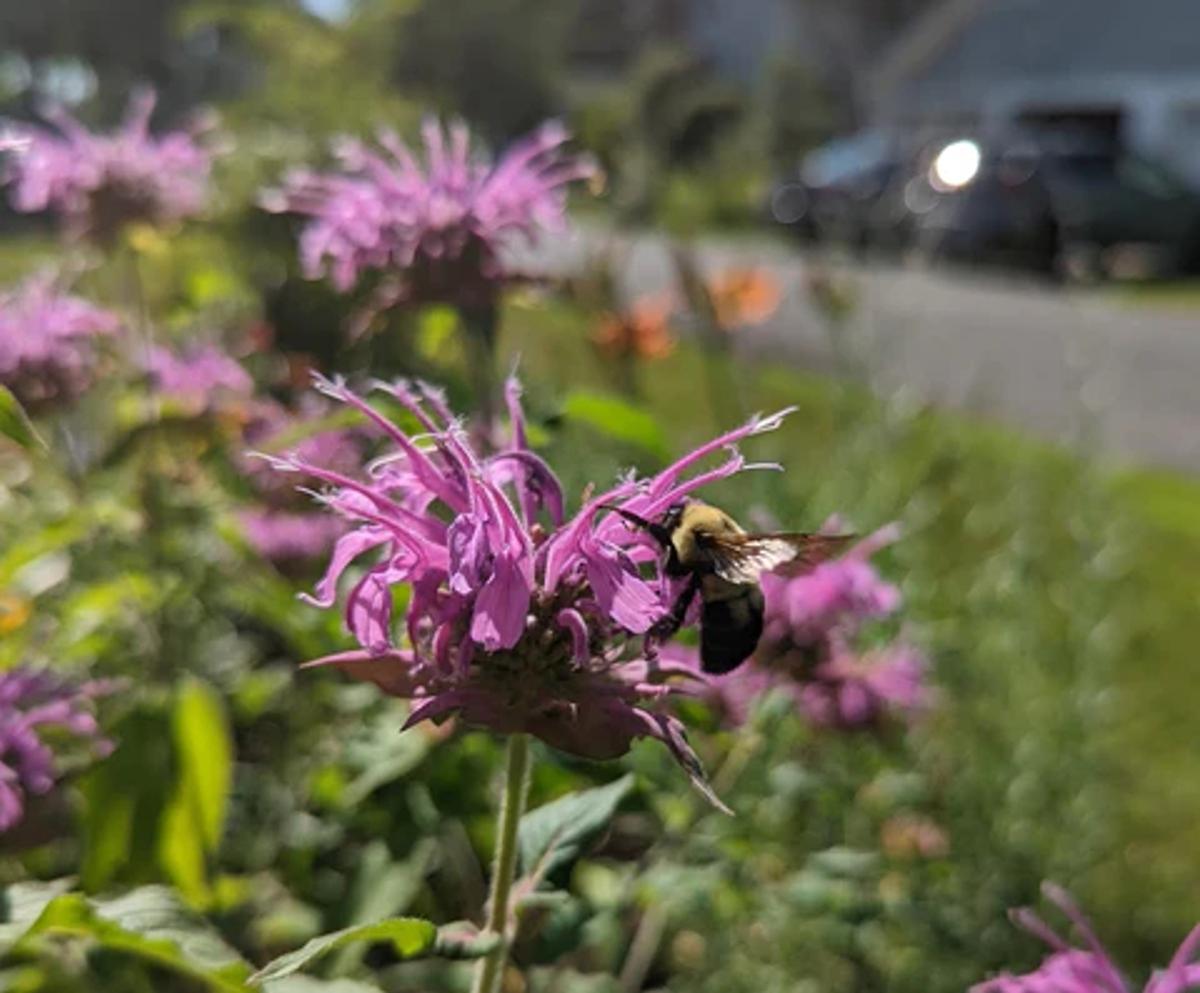
Almost anywhere in the country, Wild Bergamot is an adaptable, beautiful, and easily managed native plant. I would recommend Wild Bergamot (Monarda fistulosa) because it:
- will directly support a wide range of pollinators and the wider ecosystem
- is relatively deer resistant and smells wonderful
- is a highly adaptable and easily maintained plant
- pairs well with other amazing herbaceous perennials, such a Purple Coneflower (Echinacea purpurea)
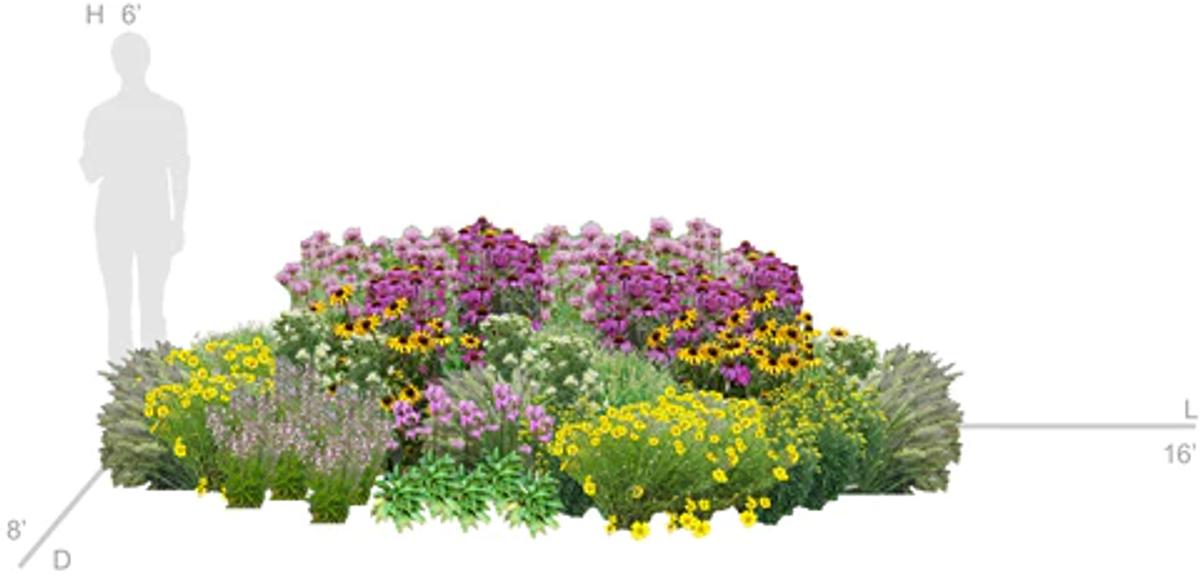
If you live in the Great Lakes Region, we feature Wild Bergamot in many of our part shade to full sun gardens, including March's Gardens of the Month - Among the Wildflowers (50 plants) and Coneflower Kingdom (100 plants). Both gardens ship as small potted plants in mid-April, as soon as plants have broken their winter dormancy, to help you get a head start on your gardening season.

